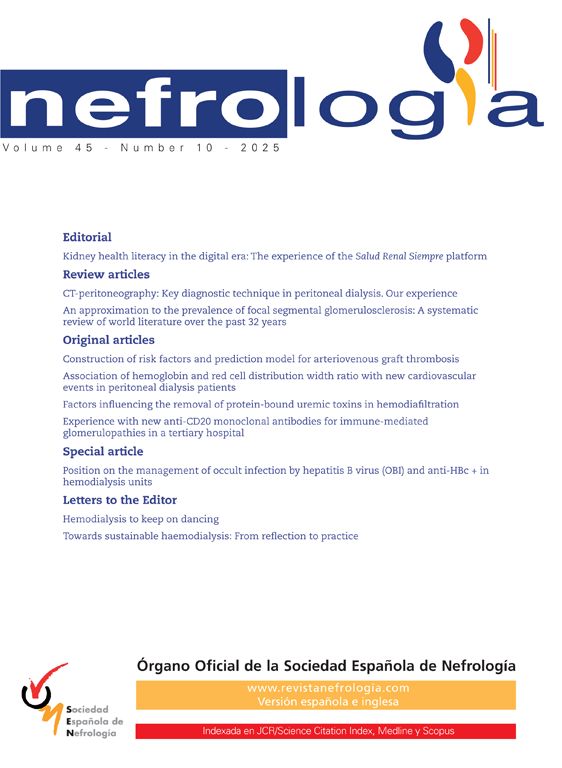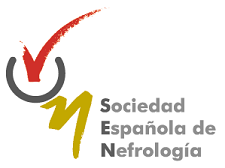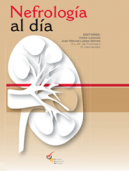To the editor: Four years after receiving a kidney transplant from an unrelated living donor for polycystic kidney
disease,1 a 49-year-old female patient started to experience episodes of hyperthermia. The immunosuppression
regimen consisted of methylprednisone 4 mg/day, micophenolate mofetil 2 g/day, and tacrolimus 2 mg/day. She was admitted to hospital for suspicion of complicated renal cysts and was found subcutaneous nodules that were biopsied and seen to be consistent with erythema nodosum. Nephrectomy of the right native kidney was performed, but fever persisted. Cultures were persistently negative. Patient developed massive ascites. Magnetic resonance imaging showed ascites and a complicated liver cyst, that was marsupialized, and two liters of ascites were drained. Peritoneum was normal upon inspection. After 22 days of incubation, subcutaneous nodules developed colonies of Histoplasma capsulatum. Fever persisted despite itraconazole administration, and amphotericin B was therefore added. Subsequent blood, urine, and ascites fluid cultures were positive for Histoplasma capsulatum. Fever and ascites resolved 29 days after hospital admission, and patient was discharged home. Two weeks later, fever and subcutaneous nodules in the arms recurred. Severe pericardial effusion with ultrasonographic signs of tamponade was diagnosed. The patient died during the procedure.
While early fungal infections are less commonly reported in kidney transplant patients than in other transplant
patients, their mortality is high.2 These patients have a high risk of suffering late opportunistic infections,
particularly by Listeria, Nocardia, Mycobacteria, or fungi, associated to use of venous catheters, antibiotics,
corticosteroids, surgical procedures, and diabetes mellitus.
Approximately after 6 months since transplant, incidence of opportunistic fungal infections decreases, but an increase occurs in the incidence of systemic endemic fungal disease, of which histoplasmosis and coccidioidomycosis are the most significant. Histoplasmosis is the most common endemic mycosis in immunosuppressed patients in Argentina,3,5 with an incidence rate up to 40% in humid, temperate areas. In our country, the most common clinical presentations in healthy individuals include the pulmonary variant and the chronic disseminated variant associated to mucocutaneous lesions, adenomegalies, hepatomegaly, and splenomegaly.6 In normal subjects, primary infection is usually asymptomatic in more than 90% of cases. In a lower proportion, clinical signs include pericarditis, mediastinitis, erythema nodosum, or retinitis.7
Ascites is a complication of systemic histoplasmosis not previously reported in the 48 cases of histoplasmosis in kidney transplant. It should be noted that surgeons did not take peritoneal biopsies during abdominal laparoscopy because of the normal characteristics of the serosa. This could be due to the abnormal inflammation patterns in immunosuppressed patients. We think random peritoneal biopsies should be
performed despite absence of gross structural changes when the cause of ascites has not been diagnosed.8
Patients transplanted solid organs have an increased risk of suffering opportunistic infections. Systemic histoplasmosis is a rare and serious condition that should be considered as a long-term complication in transplant patients.
The Impact Factor measures the average number of citations received in a particular year by papers published in the journal during the two preceding years.
© Clarivate Analytics, Journal Citation Reports 2025
SRJ is a prestige metric based on the idea that not all citations are the same. SJR uses a similar algorithm as the Google page rank; it provides a quantitative and qualitative measure of the journal's impact.
See moreSNIP measures contextual citation impact by wighting citations based on the total number of citations in a subject field.
See more




